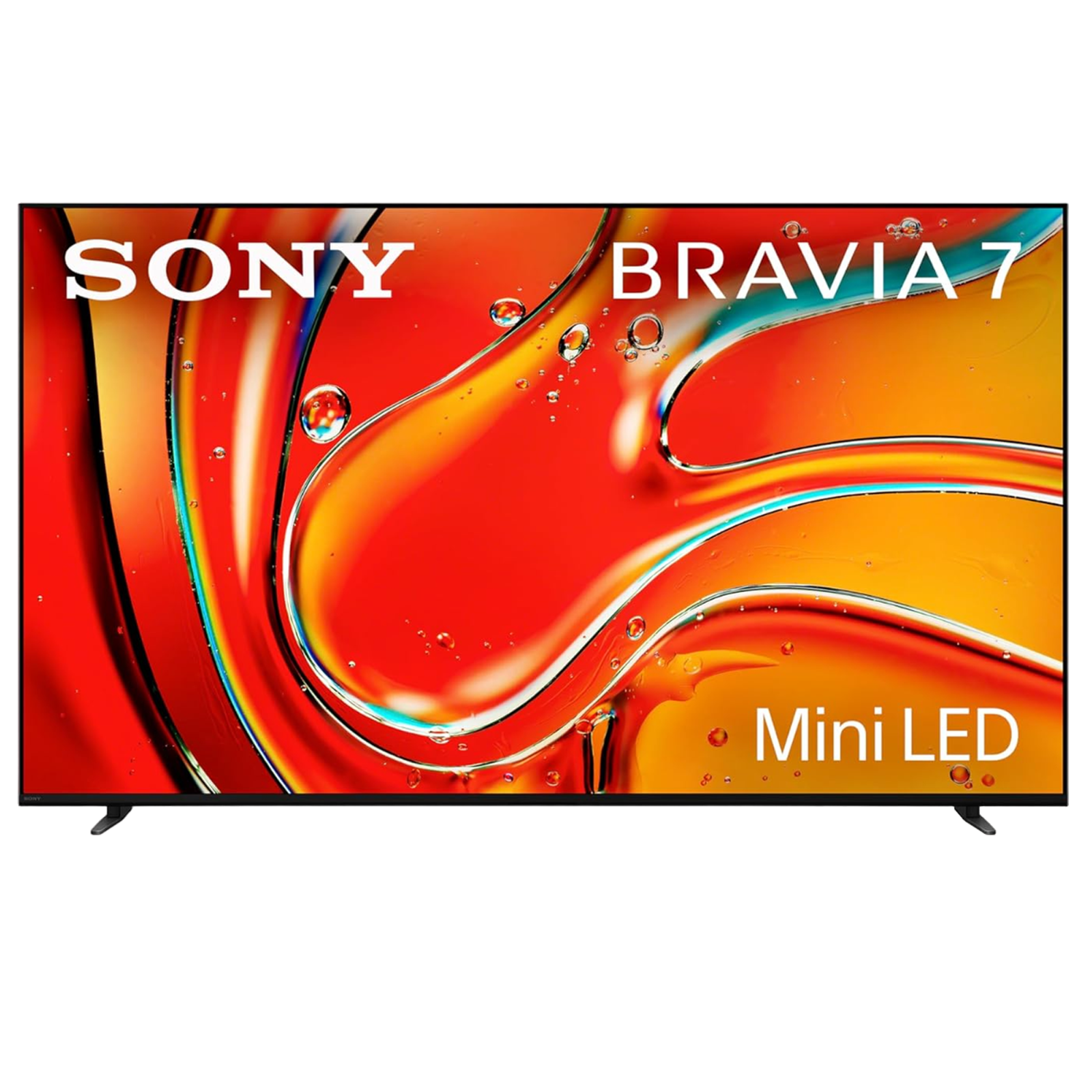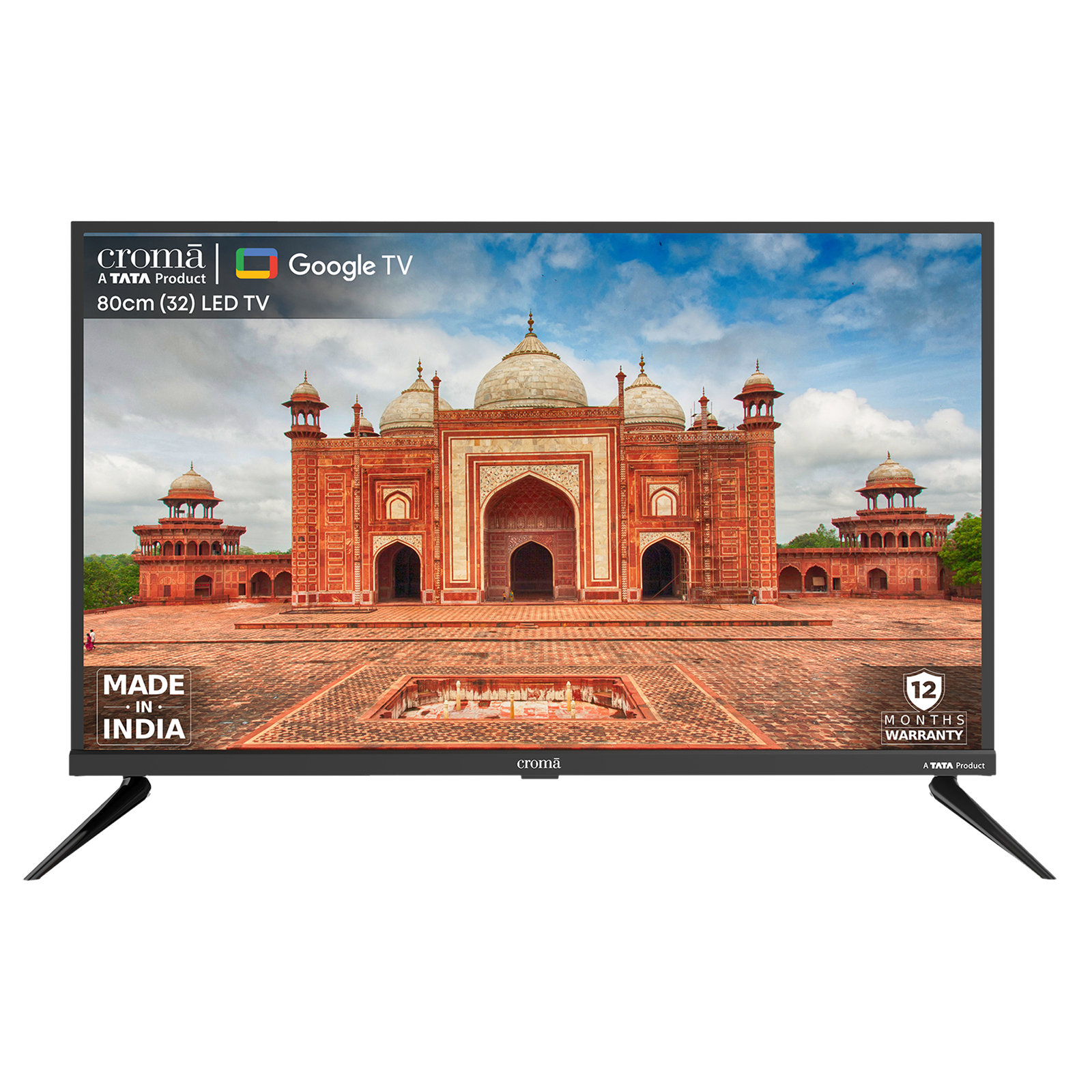Ever wondered what the real difference is between LCD and LED TVs? While both are popular choices in today’s homes and might seem similar since they both share the same fundamental liquid crystal display (LCD) technology, the way they light up the screen, also known as backlight illumination, is quite different. This affects picture quality, such as brightness and contrast, but also energy efficiency and overall performance.
Even though people often use the terms interchangeably, the differences between LCD TVs and LED TVs can seriously impact your viewing experience. So, to help you make an informed decision for your next TV, here’s a breakdown of what they are and how they differ.
How do LCD and LED TV displays differ?
As mentioned earlier, both LCD and LED TVs use the same liquid crystal display (LCD) panel, but they differ when it comes to backlighting. Traditional LCD TVs use fluorescent lamps to light up the screen, which can affect how bright and vibrant the picture looks. On the other hand, LED TVs use energy-efficient light-emitting diodes (LEDs) for backlighting, which typically results in better contrast, improved colour accuracy, and lower energy consumption.
Products in focus
LCD TVs vs LED TVs: Brightness levels
LCD TVs rely on fluorescent backlights which can achieve a reasonable level of brightness but often struggle with uniformity. This can result in areas of the screen appearing brighter or dimmer than others.
ALSO READ: How QLED and OLED TVs are different
LED TVs, however, use LEDs that not only consume less power but also offer better control over brightness. This means you get a more consistently bright image across the entire screen, enhancing the overall viewing experience.
LCD TVs vs LED TVs: Blacks
LCD TVs often have trouble with deep blacks because their backlighting tends to illuminate the entire screen, making it hard to achieve true blacks. This can result in a lower contrast ratio, especially noticeable in darker scenes. LED TVs improve on this with technologies like local dimming, which allows for more precise control of the backlight. This results in deeper blacks and better contrast. Full-array local dimming, found in higher-end models, takes this further by providing even better black levels and contrast across the screen.
LCD TVs vs LED TVs: HDR content
High Dynamic Range or HDR content benefits greatly from improved brightness and black levels. LCD TVs can display HDR content, but their limitations in these areas might impact the HDR experience. You might get bright highlights, but the lack of deep blacks can reduce contrast and detail in darker scenes.
LED TVs, with their enhanced brightness and improved black levels (thanks to local dimming), offer a superior HDR experience. They handle the wider colour gamut and increased dynamic range of HDR content more effectively, delivering vibrant colours, brighter highlights, and more detailed blacks.
LCD TVs vs LED TVs: Viewing angles
One downside of traditional LCD TVs is their narrow viewing angles so the picture could look off if you weren’t sitting straight on. LED TVs offer improved viewing angles, maintaining better colour accuracy and image quality from various positions in the room. However, the exact quality can vary depending on the type of panel technology used, such as TN (Twisted Nematic), IPS (In-Plane Switching), or VA (Vertical Alignment).
LCD TVs vs LED TVs: Response time
Response time refers to how quickly a TV screen can change from one colour to another, which is crucial for clear and smooth motion in fast-moving scenes. LCD TVs generally have slower response times compared to other display technologies, which can lead to motion blur during fast-moving scenes. LED TVs are faster and handle motion better, but you might still see some blur in really quick action.
LCD TVs vs LED TVs: Energy efficiency
While newer LCD TVs use less energy to light up the screen compared to older models with fluorescent backlights, LED TVs are still more energy-efficient. Older LCDs with fluorescent backlighting consumed more power, but today’s LCD models have improved in this area. LED TVs, however, are more efficient overall. Their LED backlights require less power to operate, leading to lower electricity bills and a smaller environmental footprint.
LCD TVs vs LED TVs: Price
When it comes to cost, LCD TVs are generally cheaper, particularly for larger screen sizes. This makes them a popular choice for budget-conscious buyers. On the other hand, LED TVs usually come with a slightly higher price tag, particularly for models with advanced features like local dimming.
Which one is for you: LCDs or LEDs?
Over the years, the differences between LCD and LED TVs have become less noticeable, thanks to improvements in LCD technology and the widespread use of local dimming in LED TVs. Still, LED TVs are generally the better choice among the two and have the upper hand when it comes to brightness, contrast, HDR performance, and power consumption.
ALSO READ: What is the difference between Google TV and Android TV?
Both types have their benefits, but if you’re looking for the best viewing experience, LED TVs are generally the way to go. If you’re on a tight budget and don’t mind a more basic setup, an LCD TV might be just fine. But if you want a more pleasing picture quality for watching movies or TV shows, an LED TV is typically the better choice. LED TVs offer better brightness, contrast, colour accuracy, and HDR, giving you a more vivid and immersive experience.
Unleash your inner geek with Croma Unboxed
Subscribe now to stay ahead with the latest articles and updates
You are almost there
Enter your details to subscribe

Happiness unboxed!
Thank you for subscribing to our blog.
Disclaimer: This post as well as the layout and design on this website are protected under Indian intellectual property laws, including the Copyright Act, 1957 and the Trade Marks Act, 1999 and is the property of Infiniti Retail Limited (Croma). Using, copying (in full or in part), adapting or altering this post or any other material from Croma’s website is expressly prohibited without prior written permission from Croma. For permission to use the content on the Croma’s website, please connect on contactunboxed@croma.com
- Related articles
- Popular articles



















Shubhendu Vatsa
Comments